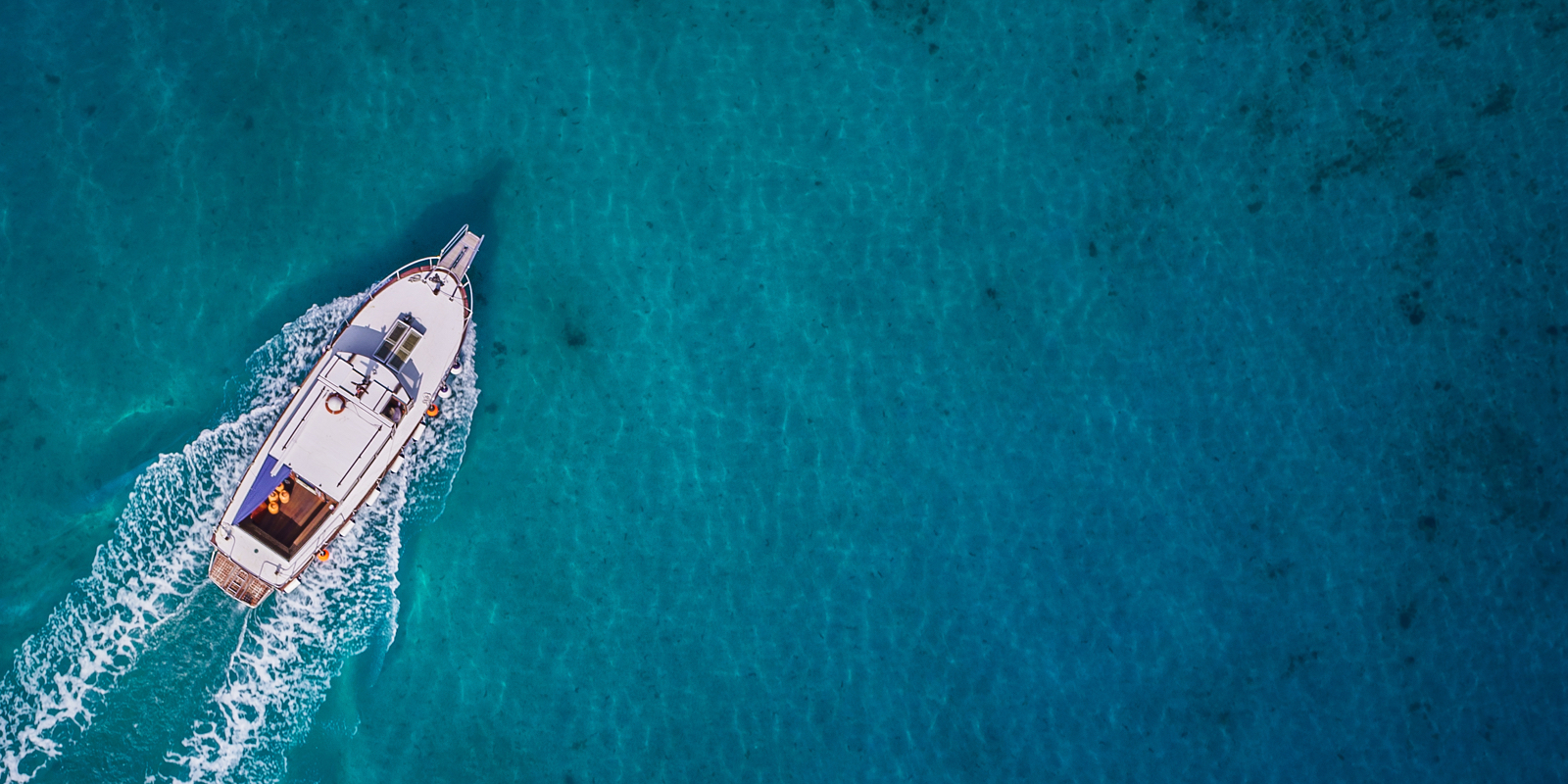A Step-by-Step Guide
Learning how to anchor a boat is a basic seamanship skill that every boater should master, even if you don’t anticipate anchoring very often. Understanding how to set the anchor and retrieve an anchor is critical—an anchor can hold your boat in place in a secluded cove for a few hours of swimming or an overnight stay, but it’s also an essential piece of safety gear. If your boat engine fails, a well-set anchor will keep wind or current from drifting your disabled boat onto a shoal or ashore, where it could be damaged.
We’ll just cover the basics here, and remember, a good seamanship guide or course will go into much more valuable detail.


